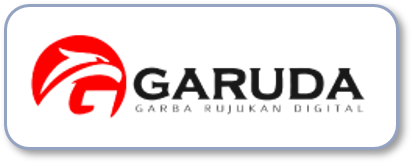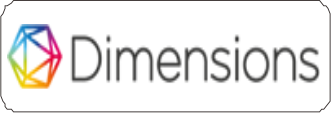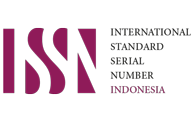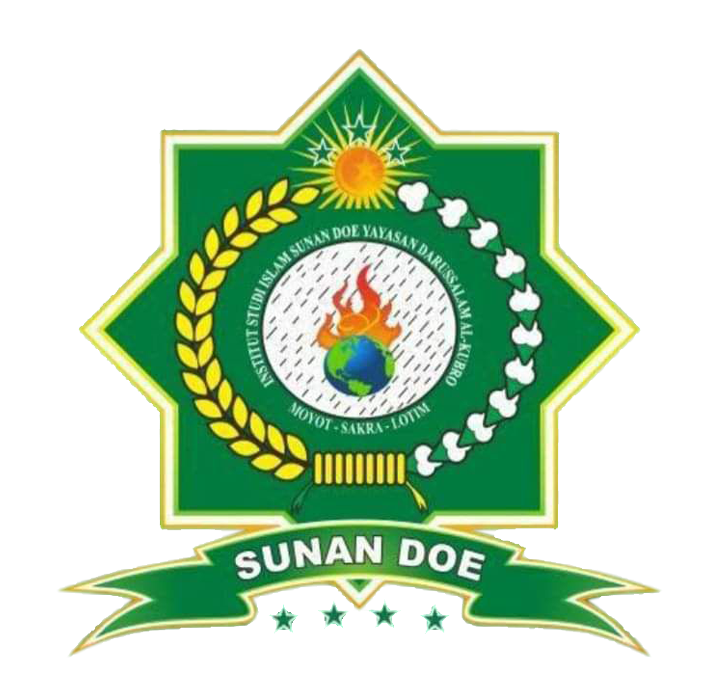Dabble Games as a Media to Improve Listening Skills for Elementary School Students
Keywords:
Dabble Games, Listening Skills, SDN Konang 04 PamekasanAbstract
This study aims to explore the effectiveness of dabble games as a medium for improving the listening skills of elementary school students. Experimental research methods are used to collect data from students involved in dabble game activities. The results of the research show a significant improvement in student listening abilities after participating in these games. These findings show that Dabble can be an effective tool for improving elementary-school students' listening abilities and making a positive contribution to their language learning. The practical implications of this study provide new insights into the development of interesting and interactive learning methods to improve listening skills at the elementary education level.
References
Eschenbacher, S., & Fleming, T. (2020). Transformative dimensions of lifelong learning: Mezirow, Rorty and COVID-19. International Review of Education, 66(5–6), 657–672.
Gandhi, M. K. (2021). Towards new education. Prabhat Prakashan.
Hall, J., Stickler, U., Herodotou, C., & Iacovides, I. (2020). Expressivity of creativity and creative design considerations in digital games. Computers in Human Behavior, 105, 106206.
Hartt, M., Hosseini, H., & Mostafapour, M. (2020). Game on: Exploring the effectiveness of game-based learning. Planning Practice & Research, 35(5), 589–604.
Hawes, D., & Arya, A. (2023). Technology Solutions to Reduce Anxiety and Increase Cognitive Availability in Students. IEEE Transactions on Learning Technologies, 16(2), 278–291. https://doi.org/10.1109/TLT.2023.3239985
Hwang, W.-Y., Shih, T. K., Ma, Z.-H., Shadiev, R., & Chen, S.-Y. (2016). Evaluating Listening and Speaking Skills in a Mobile Game-Based Learning Environment with Situational Contexts. Computer Assisted Language Learning, 29(4), 639–657. https://doi.org/10.1080/09588221.2015.1016438
Isnaini, S., & Aminatun, D. (2021). Do you like listening to music: students thought on their vocabulary mastery using English songs. Journal of English Language Teaching and Learning, 2(2), Article 2. https://doi.org/10.33365/jeltl.v2i2.901
Jaiswal, P., & Al-Hattami, A. (2020). Enhancing learners’ academic performances using student centered approaches. International Journal of Emerging Technologies in Learning (IJET), 15(16), 4–16.
Liu, Z.-Y., Shaikh, Z., & Gazizova, F. (2020). Retracted Article: Using the Concept of Game-Based Learning in Education. International Journal of Emerging Technologies in Learning (iJET), 15(14), 53–64.
Parinussa, J. D., Taryana, T., Ningtyas, A. A., Rachman, R. S., & Tannady, H. (2023). Developing Student Emotional Intelligence by Involving the Active Role of Teacher. Journal on Education, 5(3), Article 3. https://doi.org/10.31004/joe.v5i3.1638
Pedler, M. L., Willis, R., & Nieuwoudt, J. E. (2022). A sense of belonging at university: Student retention, motivation and enjoyment. Journal of Further and Higher Education, 46(3), 397–408.
Rao, P. S. (2019). The role of English as a global language. Research Journal of English, 4(1), 65–79.
Schabas, A. (2023). Game-Based Science Learning: What are the Problems with Teachers Practicing It in Class? Assyfa Learning Journal, 1(2), 89–103.
Sejdiu, S. (n.d.). Are Listening Skills Best Enhanced Through the Use of Multimedia Technology.
Shin, M., & Hickey, K. (2021). Needs a little TLC: Examining college students’ emergency remote teaching and learning experiences during COVID-19. Journal of Further and Higher Education, 45(7), 973–986.
Srivastava, S. K., & Agnihotri, K. (2022). A study on modern teaching pedagogy with special reference to outcome-based education system. International Journal of Business Excellence, 26(1), 95–114. https://doi.org/10.1504/IJBEX.2022.121586
Syafii, M. L., Kusnawan, W., & Syukroni, A. (2020). Enhancing Listening Skills Using Games. International Journal on Studies in Education, 2(2), 78–107. https://doi.org/10.46328/ijonse.21
Yulianti, T., & Sulistiyawati, A. (2020). The Blended Learning for Student’s Character Building. 56–60. https://doi.org/10.2991/assehr.k.200323.089
Downloads
Published
Issue
Section
License
Copyright (c) 2023 Agustin (Author)

This work is licensed under a Creative Commons Attribution-ShareAlike 4.0 International License.
Asshika: Journal of English Language Teaching and Learning y Saniya Institute is licensed under Creative Commons Attribution ShareAlike 4.0
It means that:
- Adapted Material means material subject to Copyright and Similar Rights that is derived from or based upon the Licensed Material and in which the Licensed Material is translated, altered, arranged, transformed, or otherwise modified in a manner requiring permission under the Copyright and Similar Rights held by the Licensor. For purposes of this Public License, where the Licensed Material is a musical work, performance, or sound recording, Adapted Material is always produced where the Licensed Material is synched in timed relation with a moving image.
- Adapter's License means the license You apply to Your Copyright and Similar Rights in Your contributions to Adapted Material in accordance with the terms and conditions of this Public License.
- BY-SA Compatible License means a license listed at creativecommons.org/compatiblelicenses , approved by Creative Commons as essentially the equivalent of this Public License.
- Copyright and Similar Rights means copyright and/or similar rights closely related to copyright including, without limitation, performance, broadcast, sound recording, and Sui Generis Database Rights, without regard to how the rights are labeled or categorized. For purposes of this Public License, the rights specified in Section 2(b)(1)-(2) are not Copyright and Similar Rights.
- Effective Technological Measures means those measures that, in the absence of proper authority, may not be circumvented under laws fulfilling obligations under Article 11 of the WIPO Copyright Treaty adopted on December 20, 1996, and/or similar international agreements.
- Exceptions and Limitations means fair use, fair dealing, and/or any other exception or limitation to Copyright and Similar Rights that applies to Your use of the Licensed Material.
- License Elements means the license attributes listed in the name of a Creative Commons Public License. The License Elements of this Public License are Attribution and ShareAlike.
- Licensed Material means the artistic or literary work, database, or other material to which the Licensor applied this Public License.
- Licensed Rights means the rights granted to You subject to the terms and conditions of this Public License, which are limited to all Copyright and Similar Rights that apply to Your use of the Licensed Material and that the Licensor has authority to license.
- Licensor means the individual(s) or entity(ies) granting rights under this Public License.
- Sui Generis Database Rights means rights other than copyright resulting from Directive 96/9/EC of the European Parliament and of the Council of 11 March 1996 on the legal protection of databases, as amended and/or succeeded, as well as other essentially equivalent rights anywhere in the world.
- You means the individual or entity exercising the Licensed Rights under this Public License. Your has a corresponding meaning.
















